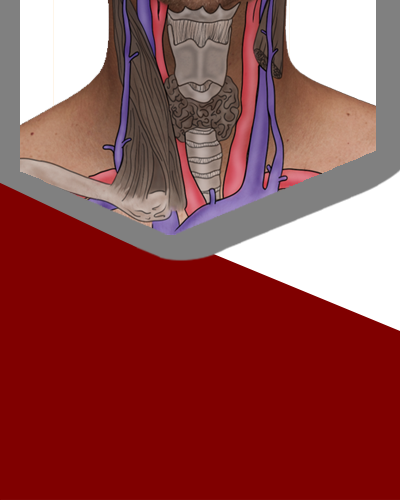CAROTID ARTERIES
It seems like you've mentioned "CAROTID," which refers to the carotid arteries. The carotid arteries are major blood vessels located on each side of the neck that supply blood to the head and brain. They play a crucial role in delivering oxygen and nutrients to the brain tissues.
There are two main carotid arteries:
- Common Carotid Arteries: These are large arteries that run along both sides of the neck. They eventually divide into the internal and external carotid arteries.
- Internal Carotid Arteries: These arteries branch off from the common carotid arteries and supply blood directly to the brain. They play a significant role in maintaining proper brain function.
- External Carotid Arteries: These arteries also branch off from the common carotid arteries and supply blood to the structures outside the skull, such as the face and neck muscles.
The carotid arteries can be prone to atherosclerosis, a condition in which fatty deposits (plaques) build up on the inner walls of the arteries, narrowing the blood flow. This can lead to an increased risk of stroke, as a blood clot can form and block blood flow to the brain.
Medical professionals often monitor the health of the carotid arteries, especially in individuals with risk factors for cardiovascular diseases. Imaging techniques like ultrasound or angiography can be used to assess the condition of these arteries and identify any potential blockages or abnormalities.
Certainly, here's more detailed information about carotid arteries, their associated symptoms, causes, and treatment options:
Carotid Artery Disease
Carotid artery disease, also known as carotid artery stenosis, occurs when the carotid arteries become narrowed or blocked due to the buildup of plaque on the inner walls. Plaque is made up of cholesterol, fat, calcium, and other substances. The narrowing of these arteries can reduce blood flow to the brain, potentially leading to serious health issues such as stroke.
Symptoms:
Carotid artery disease may not always cause noticeable symptoms, especially in its early stages. However, as the condition progresses, it can lead to symptoms such as:
- Transient Ischemic Attacks (TIAs): Also known as "mini-strokes," TIAs are brief episodes of stroke-like symptoms that resolve on their own. These symptoms can include sudden weakness or numbness in the face, arm, or leg (typically on one side of the body), trouble speaking or understanding speech, and temporary vision loss.
- Stroke: A stroke occurs when blood flow to a part of the brain is blocked or reduced, leading to brain tissue damage. Symptoms of a stroke can be similar to those of a TIA but are more severe and persistent.
Causes:
The main cause of carotid artery disease is atherosclerosis, which is the build-up of plaque in the arteries. Several risk factors can contribute to the development of carotid artery disease, including:
- Smoking
- High blood pressure
- High cholesterol
- Diabetes
- Obesity
- Lack of physical activity
- Unhealthy diet
- Family history of heart disease
Treatment:
The treatment for carotid artery disease aims to reduce the risk of stroke and manage underlying risk factors. Treatment options include:
- Lifestyle Modifications
- Medications
- Carotid Endarterectomy
- Carotid Angioplasty and Stenting
It's important to note that treatment decisions are individualized based on factors such as the severity of the condition, the patient's overall health, and the presence of other medical conditions. If you suspect you have carotid artery disease or have any related symptoms, it's crucial to seek medical attention promptly.

